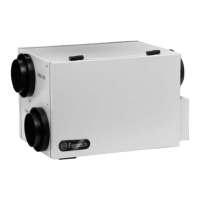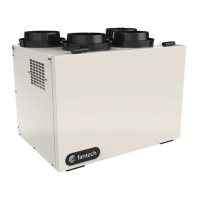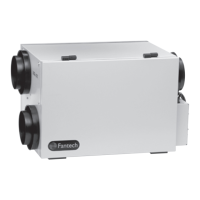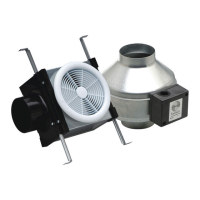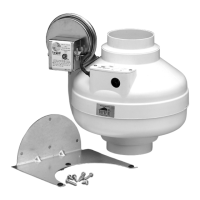How to fix condensation or ice build up in insulated duct to the outside of Fantech SHR 2004 Fan?
- JjlandrySep 22, 2025
If you notice condensation or ice build-up in the insulated duct to the outside of your Fantech Fan, it might be caused by an incomplete vapor barrier around the insulated duct. In this case, tape and seal all joints. Another cause can be a hole or tear in the outer duct covering, tape any holes or tears made in the outer duct covering and ensure that the vapor barrier is completely sealed.



